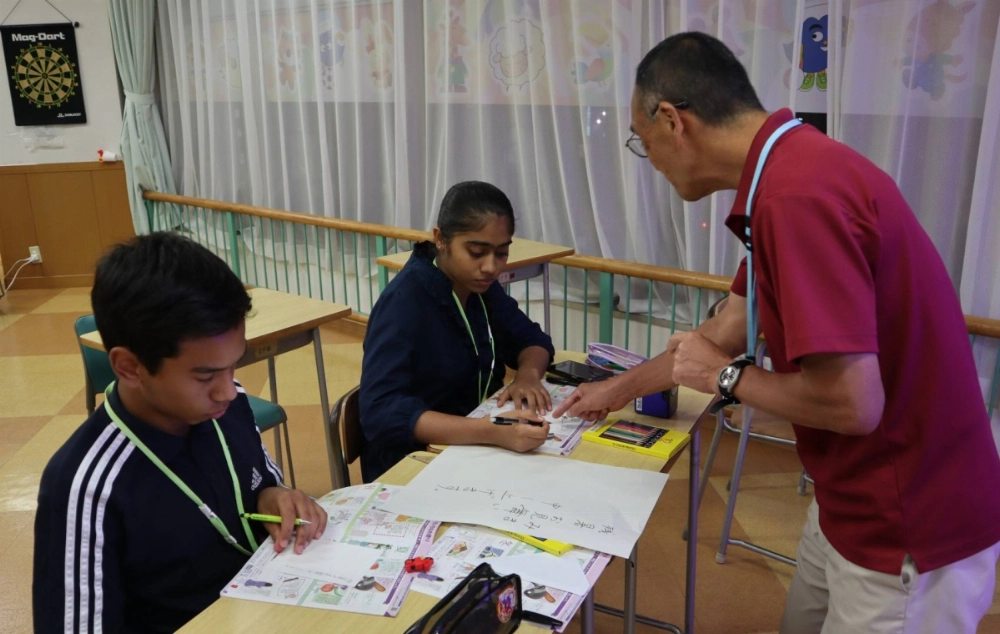Public junior high schools that hold classes in the evenings are being established across the nation, providing learning opportunities for those who were unable to complete their compulsory education for various reasons.
Since 2017 when a law on securing educational opportunities took effect, the government has been expanding its network of such schools with the aim of setting up at least one such public night school in each prefecture and designated city. As of April this year, there were 53 public night schools in 18 prefectures and 13 government-designated cities nationwide. More such schools will be opened next year in Aichi, Mie and Ishikawa prefectures, among others.
Students at night schools include those who were unable to attend junior high school due to truancy, family problems or other reasons, as well as foreign nationals who moved to Japan without completing the equivalent level of education in their home countries.



















With your current subscription plan you can comment on stories. However, before writing your first comment, please create a display name in the Profile section of your subscriber account page.